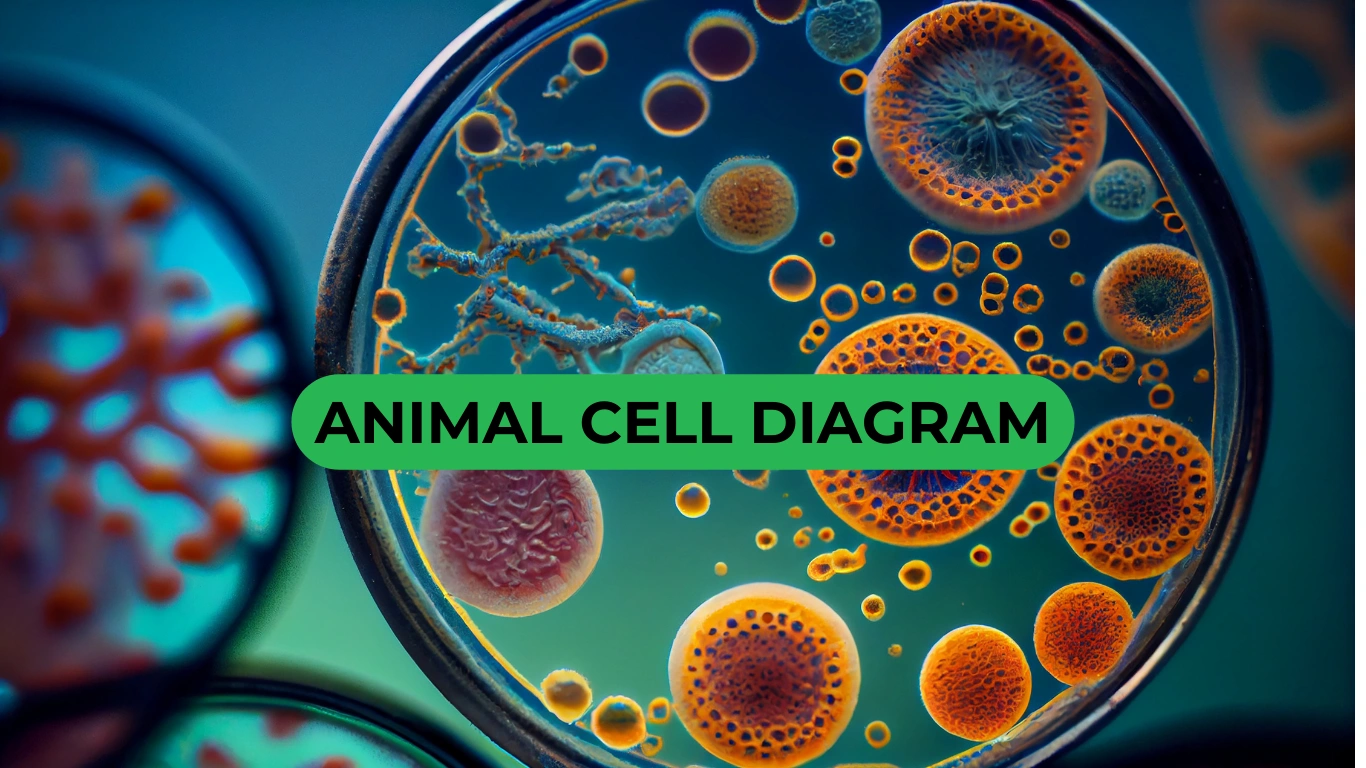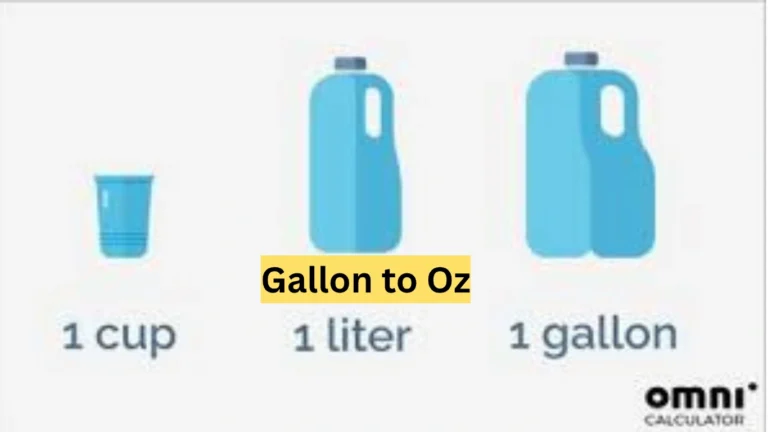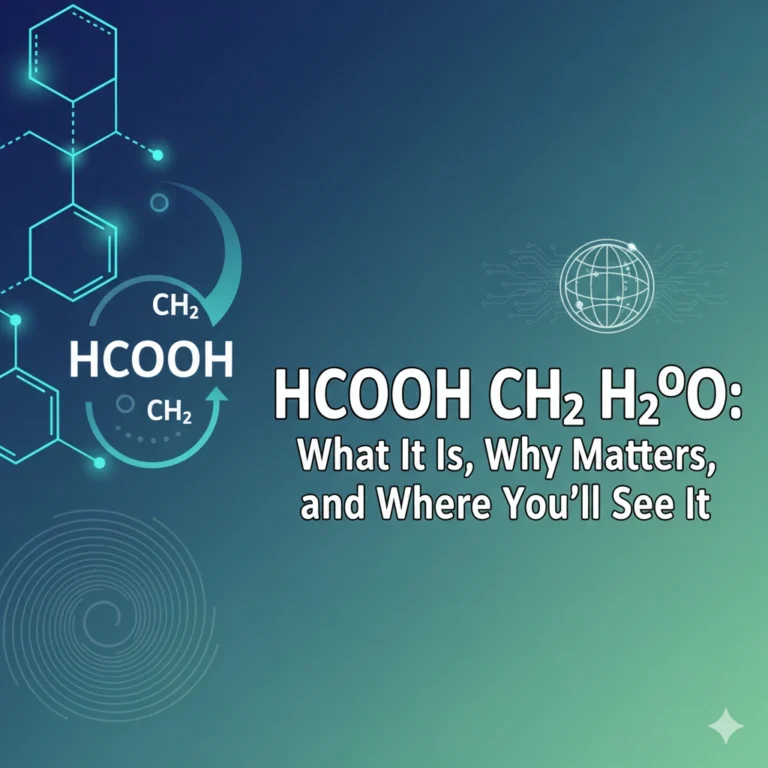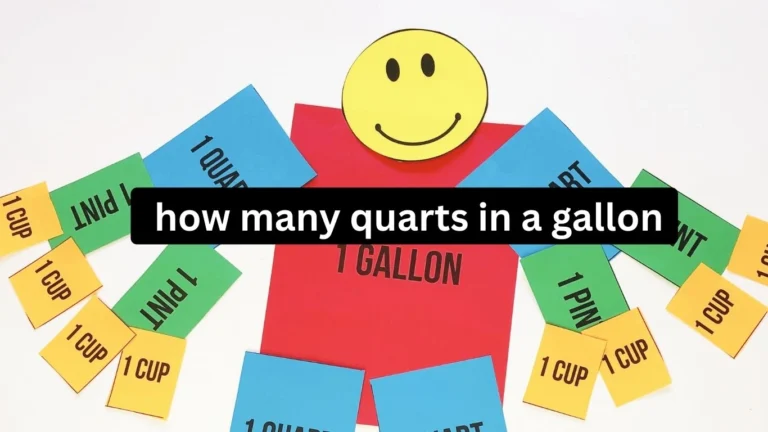Animal Cell Diagram: Simple Guide for Students
Animal cell diagram is a powerful tool that helps students understand the structure of one of life’s basic building blocks. Every living animal, from a tiny insect to a huge elephant, is made up of millions or even billions of cells. These cells may be small, but they each hold important parts inside that work together to keep the animal alive and healthy.
Animal cells belong to a group called eukaryotic cells, meaning they have a nucleus with a membrane around it. This sets them apart from simpler organisms like bacteria, which do not have a true nucleus. The animal cell clearly shows these main parts so that students and teachers can visualize how each component plays a role in cell function.
What Makes an Animal Cell Special?
An animal cell does not have a hard cell wall or green parts called chloroplasts, which are found in plant cells. This gives animal cells a more flexible and varied shape. Their main parts include the nucleus, cytoplasm, cell membrane, and mitochondria, all of which can be seen in a well-labeled animal cell.
Each part, also called an organelle, performs a unique function. Some make energy, others store information, and some clean up waste. Understanding what each part does is essential in biology, especially for school exams like the IGCSE and GCSE.
The Main Organelles in the Animal Cell Diagram
To make learning easier, here is a table showing the major parts found in an animal cell and their main functions:
| Organelle | Function |
|---|---|
| Nucleus | Stores DNA and controls what the cell does. |
| Cytoplasm | Jelly-like substance where most chemical reactions happen. |
| Cell Membrane | Outer layer that lets certain substances in or out of the cell. |
| Mitochondria | Makes energy from glucose through respiration. |
| Ribosomes | Build proteins using information from the DNA. |
| Endoplasmic Reticulum (ER) | Moves materials around the cell and helps make proteins and fats. |
| Golgi Apparatus | Packs and ships proteins to where they are needed. |
| Lysosomes | Break down waste and recycle cell parts. |
| Vacuoles | Store nutrients, waste, and help maintain the shape of the cell. |
| Centrosome | Helps in cell division and organizes the cell’s skeleton. |
Looking at this table alongside an animal cell helps students match each function with its corresponding part.
Why Diagrams Help Us Understand Animal Cells
A clear animal cell allows learners to see where each part is located inside the cell. Instead of only reading about the nucleus or mitochondria, students can point to the picture and see exactly where these structures sit in relation to each other. This visual method makes it easier to remember what each part does and how the entire cell works together like a tiny factory.
When students study the diagram, they also begin to understand the importance of each component. For example, if the mitochondria stop working, the cell won’t have enough energy to survive. Likewise, if the nucleus is damaged, the cell might lose control over important activities like growth or reproduction.
Comparing Animal and Plant Cells
To better understand the animal cell, it helps to compare it with a plant cell. Although they look similar at first glance, plant cells have extra parts not found in animal cells. These include cell walls, chloroplasts, and a large central vacuole.
Here is a quick comparison in table form:
| Feature | Animal Cell | Plant Cell |
|---|---|---|
| Cell Wall | ❌ Not present | ✅ Present (made of cellulose) |
| Chloroplasts | ❌ Absent | ✅ Present (photosynthesis) |
| Vacuole | ✅ Small or absent | ✅ Large central vacuole |
| Shape | Irregular or round | Regular, often rectangular |
These comparisons are easier to understand when both animal and plant cell diagrams are placed side by side.
Real-Life Importance of Animal Cells
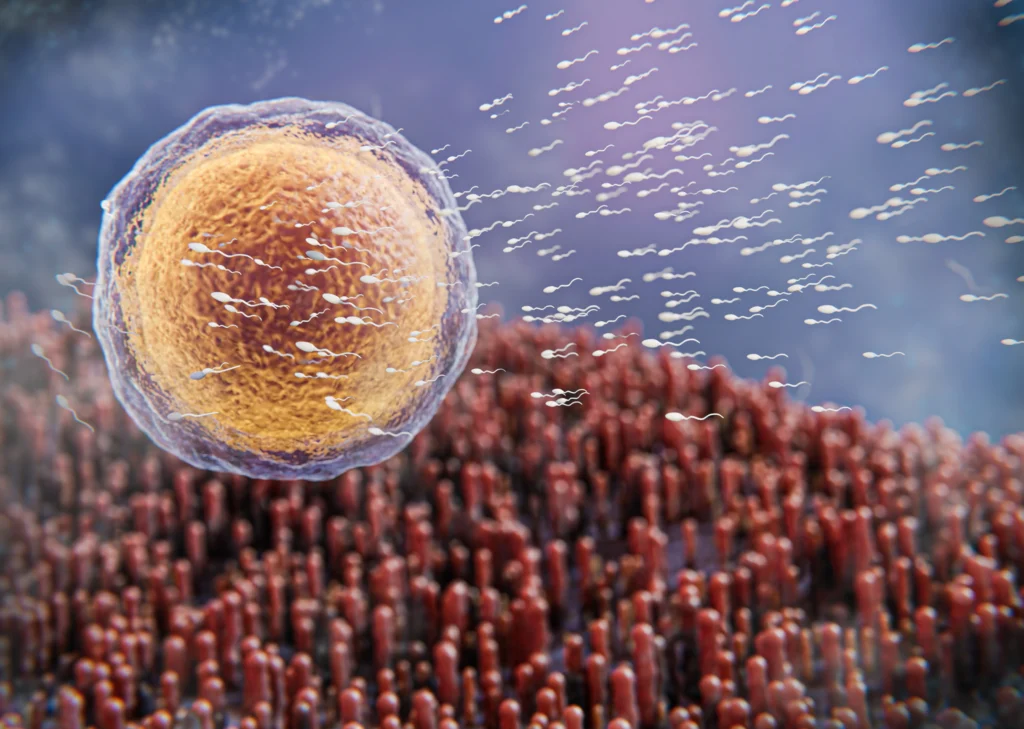
Every function in our bodies is controlled by cells. Muscle cells help us move, nerve cells send signals, and red blood cells carry oxygen. All these cells share the basic structure shown in the animal cell, even though they may look a little different under a microscope.
Scientists use this diagram to understand diseases, create new medicines, and learn how the human body heals. Teachers use it to explain the building blocks of life to children in classrooms all over the world.
How to Study the Animal Cell Diagram Effectively
To study better, try tracing the diagram by hand. Draw a large animal cell, label each part, and write down its job. Say the names out loud as you go. This helps your brain remember the parts through pictures, words, and sounds.
Another tip is to color each organelle with a different shade. Red for the nucleus, blue for the mitochondria, and green for the cytoplasm. When each part has a color, it becomes easier to recall during tests.
You can also use flashcards to quiz yourself. Show the picture of the cell and try to name all the parts without looking. Then flip the card and check your answers.
Conclusion: Why the Animal Cell Diagram Is Essential
The animal cell diagram is more than just a picture in a textbook. It is a learning tool that helps students see, understand, and remember the small structures that keep animals alive. Each part plays a role in the health and function of the cell, just like each piece in a machine.If you are a student, teacher, or parent helping a child study, using this diagram is one of the best ways to teach cell biology. With a bit of practice, even young learners can explain what happens inside a cell and why each part matters.
FAQs
Q1: What is an animal cell?
An animal cell is a labeled illustration that shows the parts of a typical animal cell and their functions.
Q2: What are the main parts shown in an animal cell?
The diagram usually includes the nucleus, cytoplasm, cell membrane, mitochondria, and other organelles like ribosomes.
Q3: How is an animal cell different from a plant cell?
Animal cells do not have a cell wall or chloroplasts, while plant cells do. Their vacuoles are also smaller or absent.
Q4: Why is the nucleus important in an animal cell?
The nucleus stores DNA and controls all activities inside the cell, including growth and reproduction.
Q5: What is the role of mitochondria in an animal cell?
Mitochria are the “powerhouses” of the cell, producing energy through a process called respiration.

